ROBERT IRWIN read Modern History at Oxford and taught Medieval History at the University of St Andrews. He has also taught Arabic and Middle Eastern History at various universities. He is the author of The Middle East in the Middle Ages, The Arabian Nights: A Companion, Islamic Art, The Alhambra and For Lust of Knowing . He has also published six novels, of which the most recent is Satan Wants Me . He reviews for a wide range of periodicals and is a director of a publishing company. He is a Fellow of the Royal Society of Literature and a Fellow of the London College of Pataphysics.
ROBERT IRWIN
The Penguin Anthology of
Classical Arabic Literature
PENGUIN BOOKS
PENGUIN BOOKS
Published by the Penguin Group
Penguin Books Ltd, 80 Strand, London WC2R 0RL , England
Penguin Group (USA) Inc., 375 Hudson Street, New York, New York 10014, USA
Penguin Group (Canada), 90 Eglinton Avenue East, Suite 700, Toronto, Ontario, Canada M4P 2Y3
(a division of Pearson Penguin Canada Inc.)
Penguin Ireland, 25 St Stephens Green, Dublin 2, Ireland
(a division of Penguin Books Ltd)
Penguin Group (Australia), 250 Camberwell Road, Camberwell, Victoria 3124, Australia
(a division of Pearson Australia Group Pty Ltd)
Penguin Books India Pvt Ltd, 11 Community Centre, Panchsheel Park, New Delhi 110 017, India
Penguin Group (NZ), cnr Airborne and Rosedale Roads, Albany, Auckland 1310, New Zealand
(a division of Pearson New Zealand Ltd)
Penguin Books (South Africa) (Pty) Ltd, 24 Sturdee Avenue, Rosebank, Johannesburg 2196, South Africa
Penguin Books Ltd, Registered Offices: 80 Strand, London WC2R 0RL , England
www.penguin.com
First published by Allen Lane as Nights and Horses and the Desert 1999
Published in Penguin Classics 2006
Copyright Robert Irwin, 1999
All rights reserved
The moral right of the author has been asserted
Except in the United States of America, this book is sold subject to the condition that it shall not, by way of trade or otherwise, be lent, re-sold, hired out or otherwise circulated without the publishers prior consent in any form of binding or cover other than that in which it is published and without a similar condition including this condition being imposed on the subsequent purchaser
ISBN: 978-0-14-196261-0
Contents
Introduction
An anthology of translations of the kind which is offered here implies a canon of Arabic literature that is, a selection of extracts from what the anthologist has judged to be the major authors and the key texts. Certainly, I did not want to involve myself in the presumptuous enterprise of proposing such a canon. I would have preferred to have followed precedent and taken guidance from the choices of earlier anthologies of the same scope. There are no such precedents to follow. Earlier anthologies (for example James Kritzeks Anthology of Islamic Literature , 1964) have not only spread themselves more widely among Arab, Persian and Turkish sources, but have also tended to use their selected translations as illustrations of aspects of Islamic history and social life. In so doing, relatively little attention was paid to the literary status of what was chosen, although all sorts of lively and interesting theological, historical and geographical matter was included. One can learn a lot about Arab life in general from such anthologies, but not very much about Arabic literature. This book, however, is about literature. How were prose and poetry recited and written down? What were perceived to be the sources of literary inspiration? What were the various genres and to what extent were they constrained by rules? What were the canons of traditional Arab literary criticism? How did poetry and belles-lettres evolve between the fifth and the sixteenth centuries?
On the one hand, there is rather a lot of poetry in my selection. On the other hand, there is not enough. There are a lot of poems because, in the judgement of both medieval and modern Arabs, it is in poetry that their supreme literary achievements are to be found. Prose literature has, until this century at least, been much less esteemed. Yet, for several reasons, I have skimped on the poetry. Arabic poetry is much harder to translate than Arabic prose. The medieval essayist Jahiz (on whom more later) went so far as to observe that poems do not lend themselves to translation and ought not to be translated. When they are translated, their poetic structure is rent; the metre is no longer correct; poetic beauty disappears and nothing worthy of admiration remains in the poems. (Rightly or wrongly, he thought that the translation of prose posed no special problems.) Successful translations of Arabic poetry into English are hard to find and, as we shall see, it is debatable what constitutes a successful translation.
Translation is like a seance with the dead and what comes out on the planchette will often read like urgent nonsense. Translating Arabic poetry is peculiarly difficult. For now, it is sufficient to observe that the way the Arabic language works means that it is very much easier to find rhymes and therefore to produce long odes with a monorhyme in Arabic than it is in English. Additionally, the Arabic metrical system is quite different from that used in English poetry. Faced with these problems, most English translators have abandoned any attempt to echo the original rhyme and metre in their translations. Even then, the Arab poets penchant for double entendres and other forms of word-play have given translators considerable problems. Satisfactory prose translations have been relatively easier to find though only relatively, for some of the grandest pieces have been written in a prose which is bombastic, rhythmic and rhyming, and therefore hard to mimic in English. Some major Arab authors appear never to have been translated at all.
For both prose and poetry, I have drawn on a wide range of translations by academics, poets and private scholars working over a long period of time. Some translators have succeeded in giving their work an accessible, modern feel, so that for example the ninth-century caliph and poet, Ibn al-Mutazz, may appear to speak directly to a contemporary sensibility. Other translators have, wittingly or unwittingly, rendered the medieval Arabic into a decidedly archaic English; but this too has something to recommend it. When a twentieth-century Arab (or for that matter a tenth-century Arab) reads a pre-Islamic ode, he is rarely reading something that speaks directly and unproblematically to him. Rather he is struggling with verse that is archaic and frequently obscure in vocabulary, imagery and technique. As Warren T. Treadgold, the translator of Shanfaras pre-Islamic ode, the Lamiyyah , pointed out, that poem is not only nearly untranslatable into English but nearly unreadable in Arabic. From the eighth century onwards it was common for poets to produce works which were deliberately archaic, as they pastiched sixth- and seventh-century themes and made use of an obsolete vocabulary based on a life in the nomadic desert which the poets in question had not actually experienced. To render such poems into a breezy modern English idiom which is directly accessible to the average reader is, then, to perform a curious service. There is a sense in which a good translator is working not so much on the text, but on his reader. So the translator of a medieval Arab text is implicitly translating his reader into an Arab, but, as has been suggested above, a difficult choice still has to be made: what kind of Arab? A seventh-century Arab, a tenth-century Arab, or a modern Arab? And behind this strategic decision, there are, of course, other decisions which will have to be made one choice merely masking the next in line.

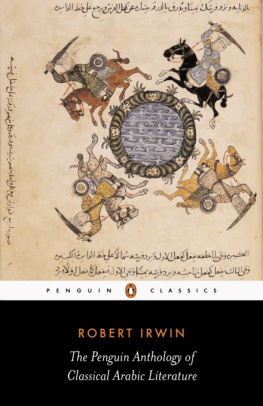
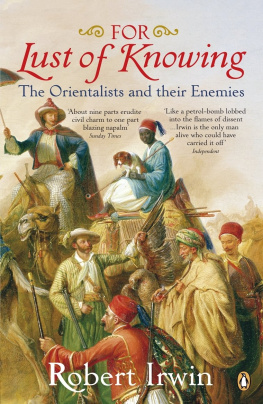
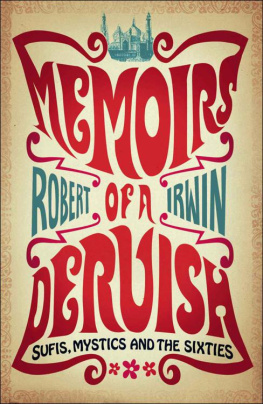

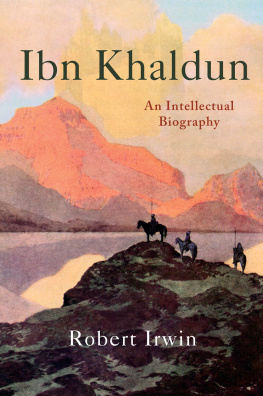
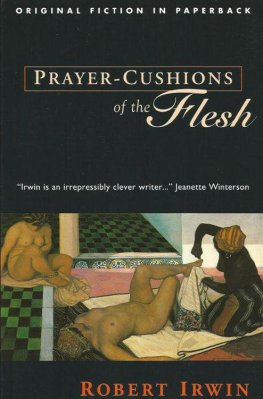

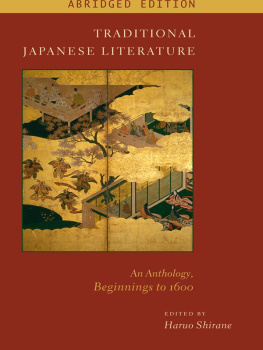
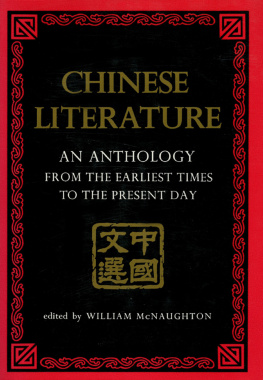
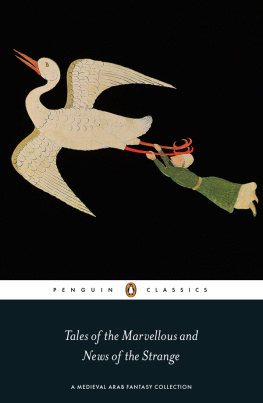
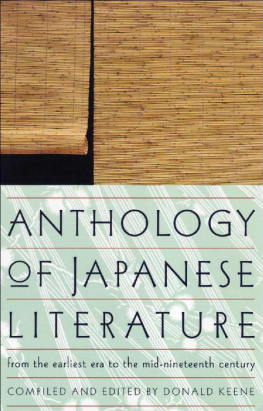
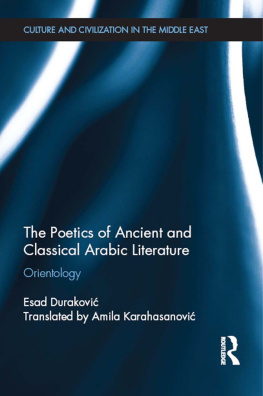
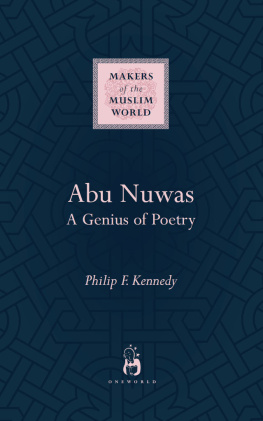
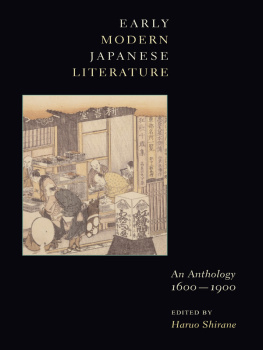

 CLASSICS
CLASSICS